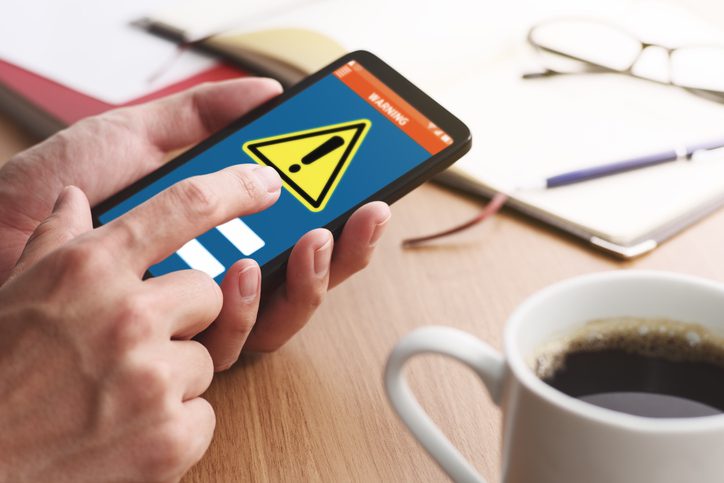Smartphones are now central to everything we do — from managing finances and social media to storing sensitive personal data. Unfortunately, that makes them prime targets for cybercriminals. A disturbing 2019 outbreak infected up to 25 million Android phones with malware, reminding us how easy it is to get malware on your phone, even through apps that appear trustworthy.
If you use an Android device, here’s what you need to know about this threat and how to protect yourself.
🚨 The Malware Disguised as Trusted Apps
In this attack, hackers created fake versions of popular apps like WhatsApp. These imposter apps looked and behaved like the real thing but bombarded users with malicious ads. Cybersecurity firm Check Point discovered the outbreak, which affected:
-
15 million devices in India
-
300,000 in the United States
-
Nearly 140,000 in the United Kingdom
What made this malware especially dangerous was its ability to replace legitimate apps silently in the background. Users didn’t even need to open the infected app to be compromised.
🧟♂️ Zombie Apps: How the Malware Works
The malware hid inside apps like photo editors, games, and messaging tools, most of which were downloaded from third-party app stores, especially 9apps.com, a platform owned by Alibaba. Once installed, the malware ran a silent background process disguised as an app update. It then hijacked apps like WhatsApp, converting them into ad-spewing zombie versions.
While this specific campaign focused on click fraud (generating ad revenue by tricking users), future variants could:
-
Steal personal data
-
Track your location
-
Access your private messages
🕵️ Who’s Behind the Attack?
Researchers traced the malware back to a Guangzhou-based company that develops Android apps. Although this particular campaign spread through third-party stores, there’s concern that future malware variants could sneak onto the Google Play Store as well.
Google and Check Point have been working together to identify and remove malicious apps before they can spread further.
🔐 How to Protect Yourself from Malware on Your Phone
Even if this malware hasn’t hit your device, the risk is real — and growing. Here’s how to stay protected:
✅ 1. Stick to Official App Stores
Avoid downloading apps from third-party stores. The Google Play Store has more stringent security vetting than unofficial marketplaces.
🔄 2. Keep Your Android OS Updated
Always run the latest version of Android. Updates patch known vulnerabilities that hackers exploit.
🚩 3. Watch for Suspicious Behavior
If an app starts showing excessive ads or behaving oddly, it could be infected. Look for:
-
Sudden battery drain
-
Random pop-up ads
-
App crashes or slowdowns
🧹 4. Uninstall Questionable Apps
Go to your phone’s Settings > Apps and remove any app you don’t recognize or remember installing.
🔍 5. Use Mobile Security Software
Install a reputable mobile antivirus or security app that can detect and remove threats in real time.
🛡️ Final Thoughts
Getting malware on your phone isn’t just annoying — it’s a real threat to your privacy, security, and financial data. Even though this malware wave focused on ad revenue, it exposed how easily malicious software can bypass app store checks and infect millions of users.
Stay vigilant. Be cautious with your downloads. And always trust your instincts when something seems off.
Need Help Securing Your Devices?
Vision Computer Solutions offers expert IT support and mobile device security services to protect your business — and your team — from evolving threats like Android malware. Whether it’s phones, tablets, or desktops, we’ve got your security covered.
📞 Call us at (248) 349-6115 or visit vcsolutions.com to learn more.


